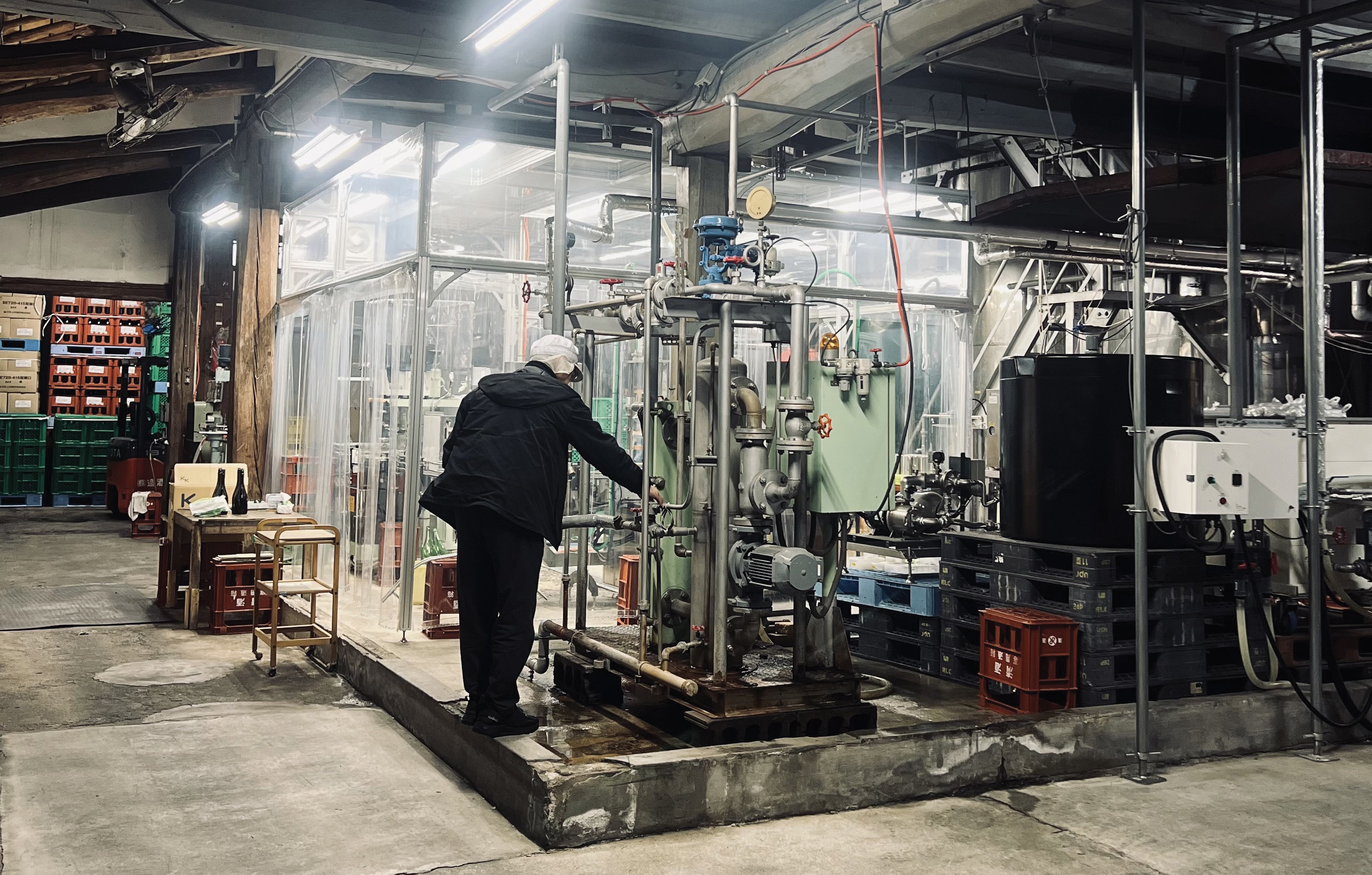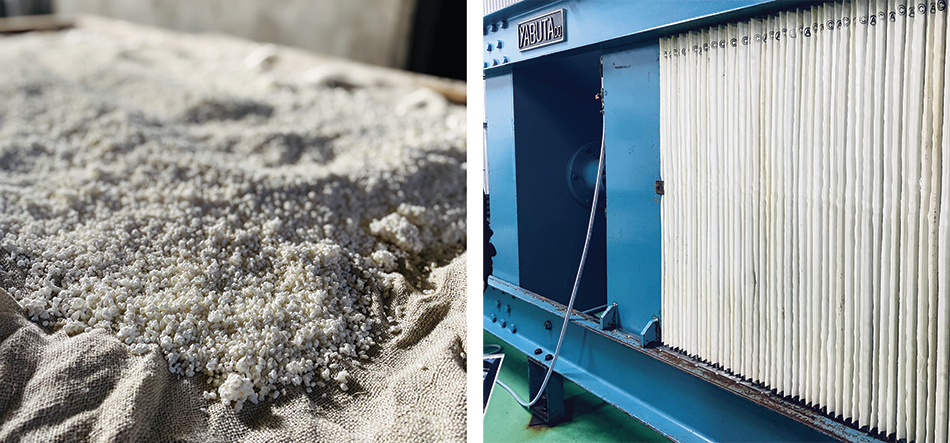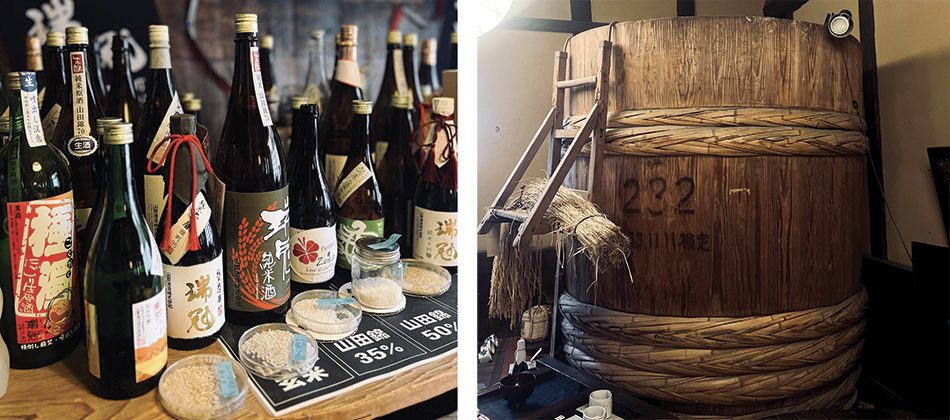With its extremely pure fresh water, fertile soil, and temperate climate,
Hiroshima produces some of the most coveted sakes in the world. However,
faced with declining local consumption, brewers are seeking to attract
new consumers internationally.

Resting upon a multitude of delicious paradoxes, Japanese culture fascinates and intrigues as much as it does. Caught between preserving a millennia-old craft and utilizing cutting-edge technologies, the world of sake is no exception, and one only needs to delve into the practices of various brewers to realize how much the Japanese “rice wine” demands the French enthusiast to completely reconsider their framework: the use of ancient rice varieties for Yamaoka brewery, but also the use of exogenous yeasts; natural lactic acid for Fujii brewery, yet resorting to pasteurization for certain batches; a return to antique equipment for Bajo brewery, combined with extreme polishing... Enough to leave any uninitiated taster baffled, as this oscillation between tradition and modernity defies any rationalization attempt.

However, it is also this element of mystery that adds an extra dimension to Hiroshima sakes, recognizable among all for their brilliance, aromatic complexity, and almost endless possibilities for pairings, including with iconic French gastronomy dishes. These are all assets that make them highly desirable in the eyes of French sommeliers, alongside the development of grand ageing cuvées – ranging from 5 to 50 years – whose profile is reminiscent of our noblest French spirits. A niche market, indeed, but one to watch closely, and a true added value for those who can decipher it.
Alicia Dorey
